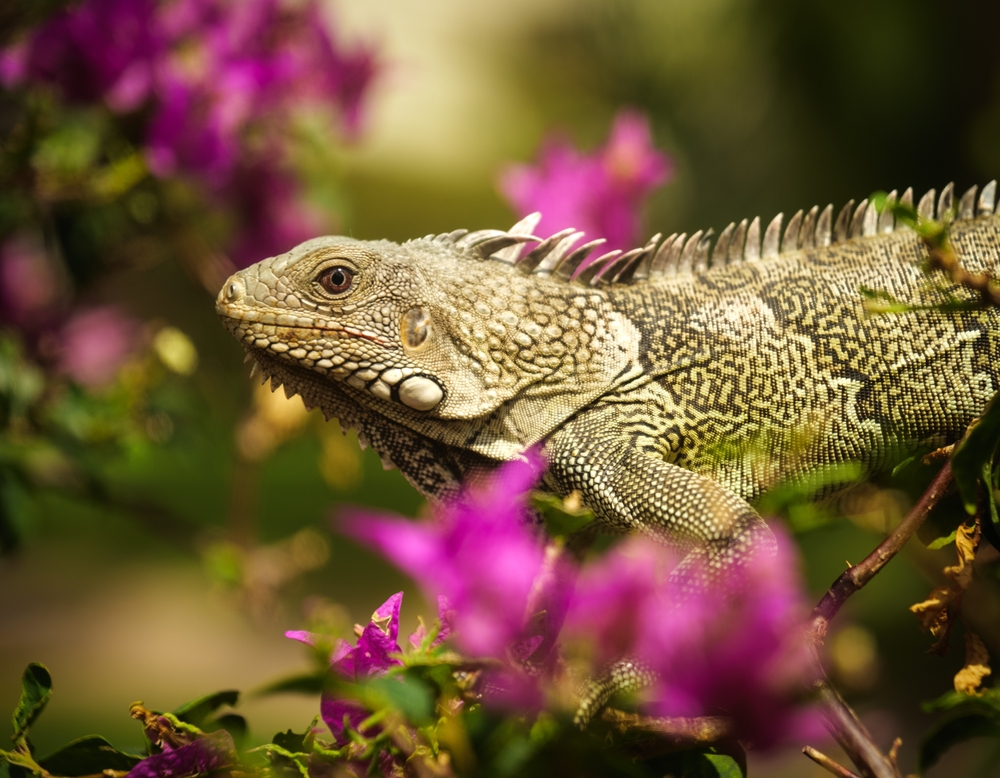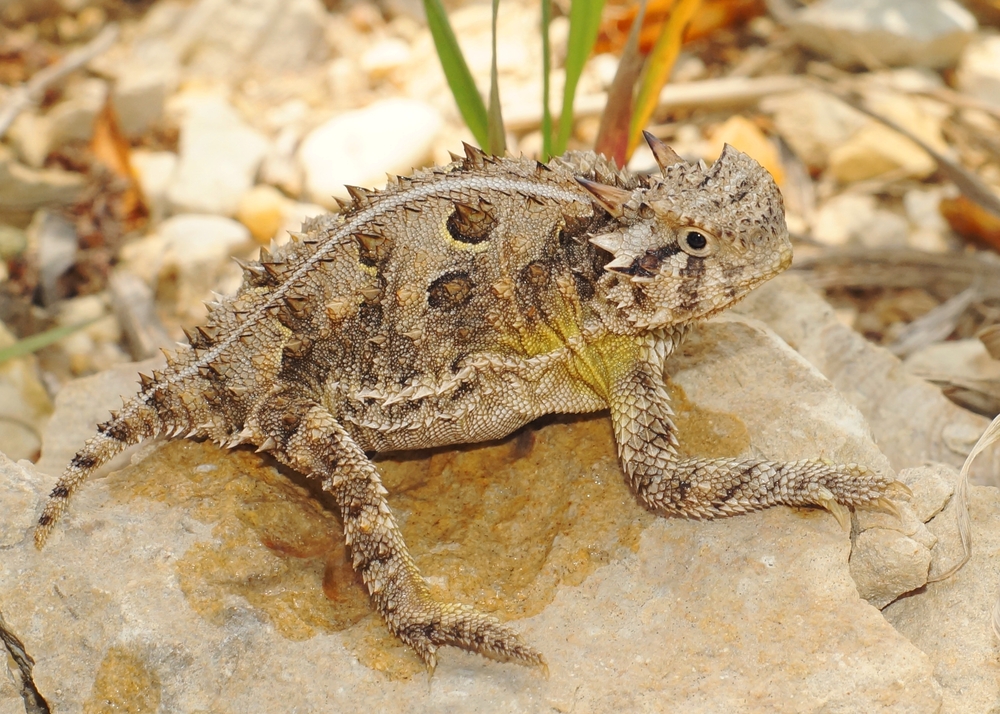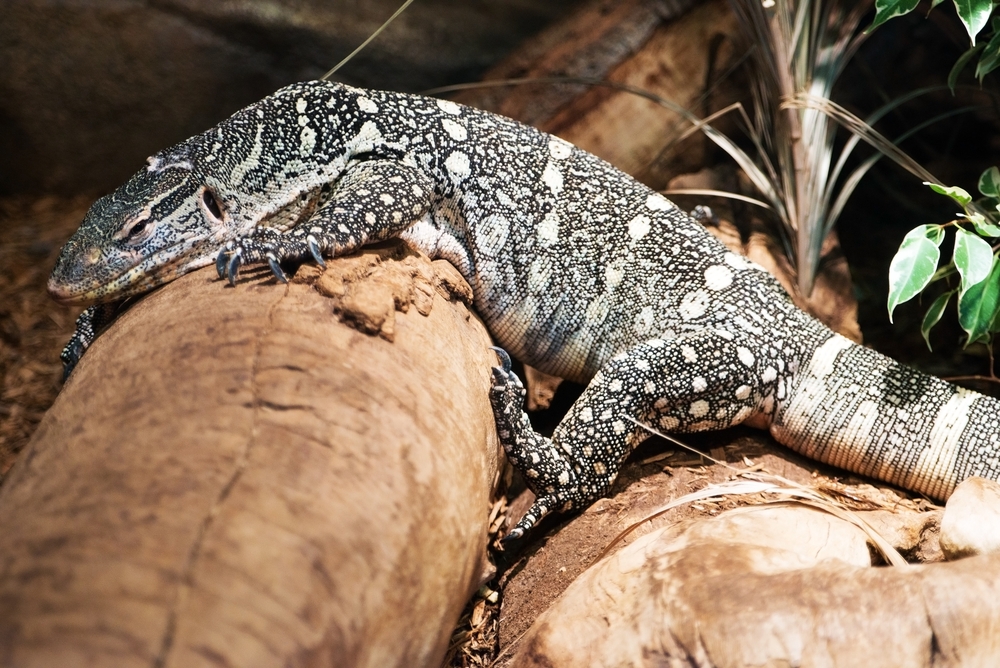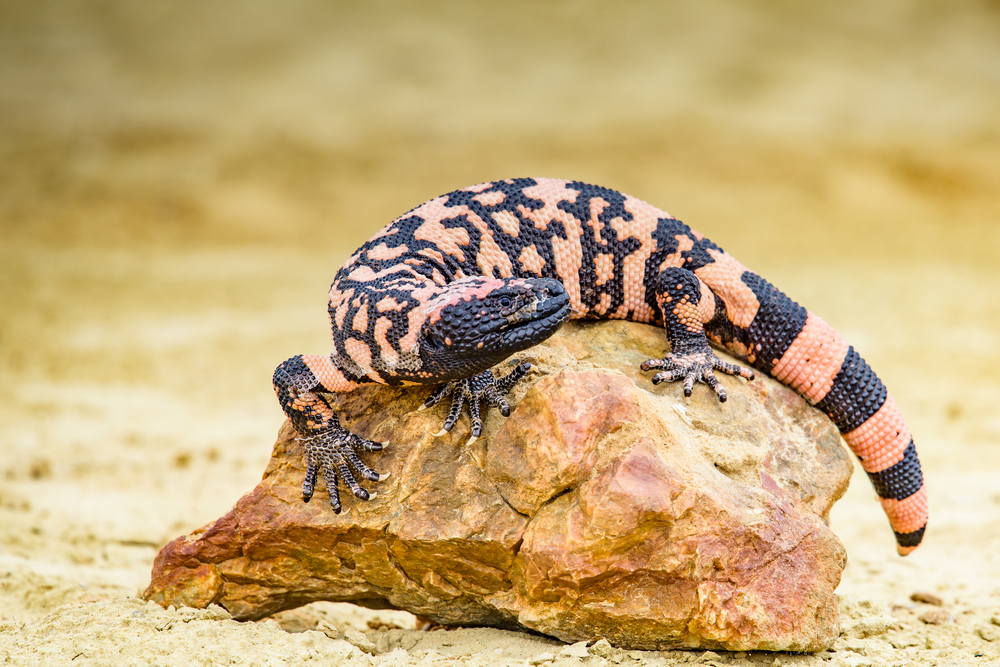Uniqueness
The American Iguana is one of the largest, most recognizable lizards in the Western Hemisphere. Its prehistoric appearance, herbivorous diet, and tree-dwelling lifestyle distinguish it among reptiles—and contribute to both its ecological importance and its popularity (and notoriety) in human environments.
Arboreal Herbivore with a Dinosaur Look:
Few reptiles combine the size, crest, and color of the American Iguana. Its dragon-like spines, long whip-like tail, and leaf-only adult diet make it one of the few large, fully herbivorous, tree-dwelling lizards on Earth.
Thermoregulation Through Color and Behavior:
Iguanas bask in the sun to regulate their body temperature, often lying flat on warm surfaces with their dewlap extended to absorb heat. Juveniles tend to be bright green for camouflage, while mature males may turn orange during breeding season to display dominance and attract mates.
Excellent Swimmers and Escapers:
Though largely arboreal, iguanas are strong swimmers. When threatened, they may leap from trees into rivers, using their long tails for propulsion. They can also hold their breath for up to 30 minutes, helping them evade predators underwater.
Dewlap Communication and Social Displays:
The dewlap serves more than thermoregulation—it’s used in visual communication, including territorial warnings, courtship, and defensive displays. Iguanas also use head bobbing sequences to signal social rank or assert dominance.
Invasive Impact in Non-native Areas:
Introduced populations in Florida, Puerto Rico, and other islands have become invasive, damaging gardens, native plants, and infrastructure. Their reproductive success, burrowing, and herbivory have made them a management challenge in urban and coastal regions.
Cultural and Commercial Icon:
The American Iguana has become a symbol of exotic wildlife—commonly kept as a pet, featured in zoos, and depicted in tropical culture. However, improper care and abandonment have led to concerns about welfare and ecological disruption.
The American Iguana’s combination of prehistoric beauty, ecological role, and global visibility makes it one of the most distinctive and controversial reptiles in the Americas.








































































